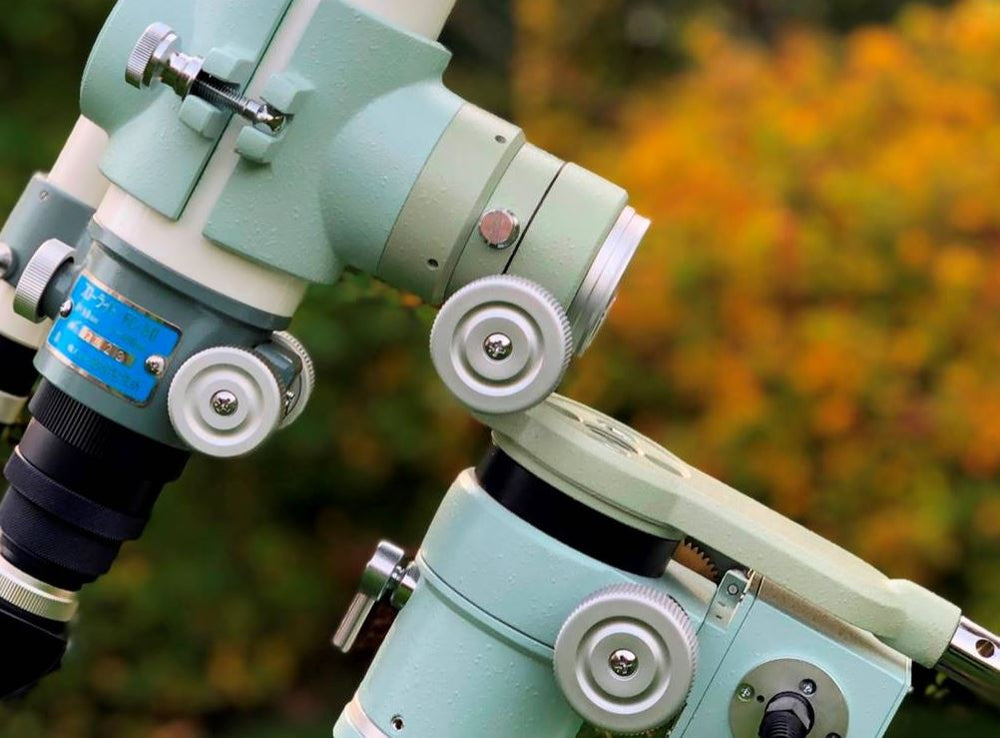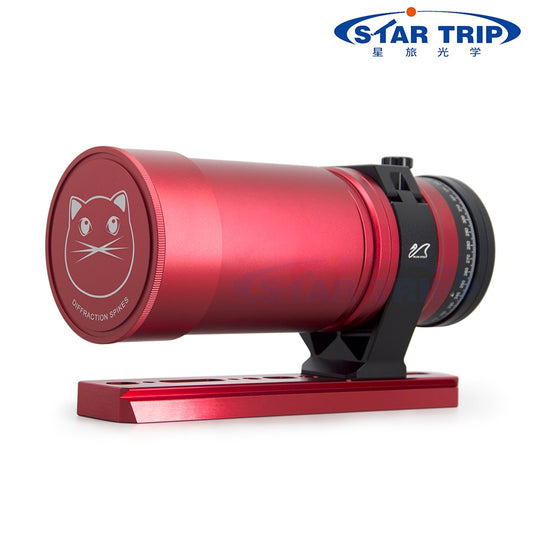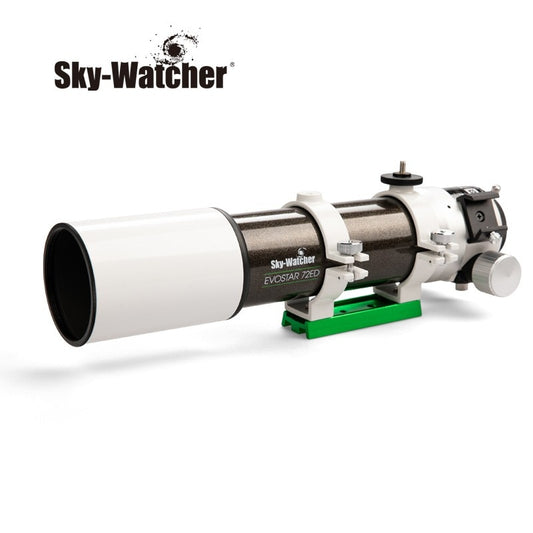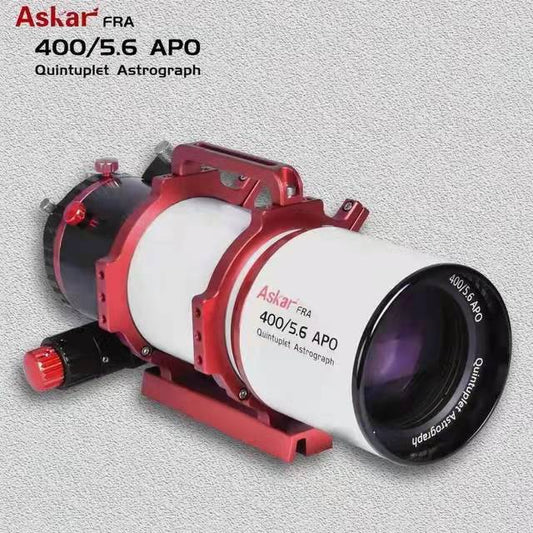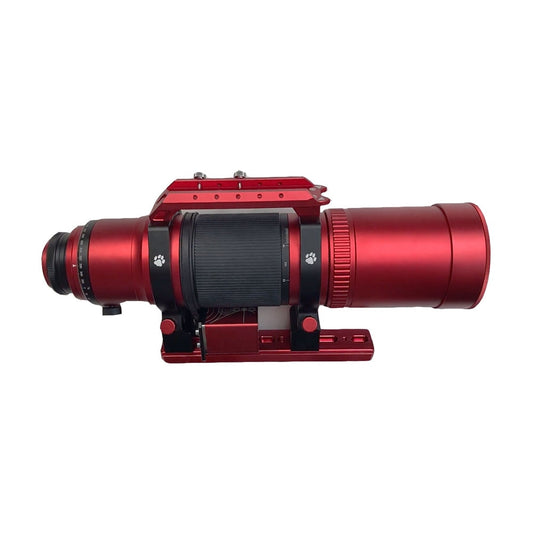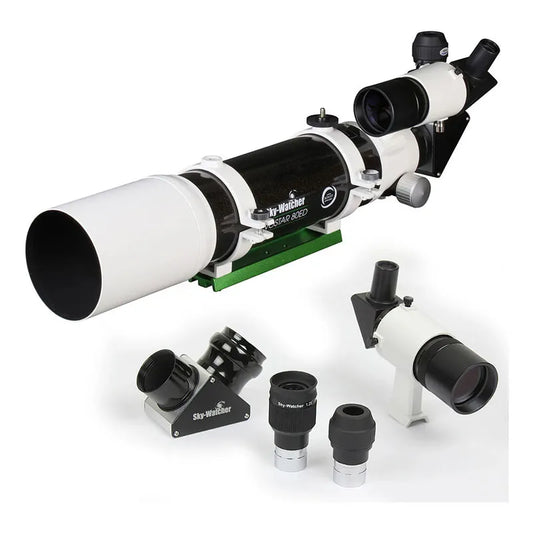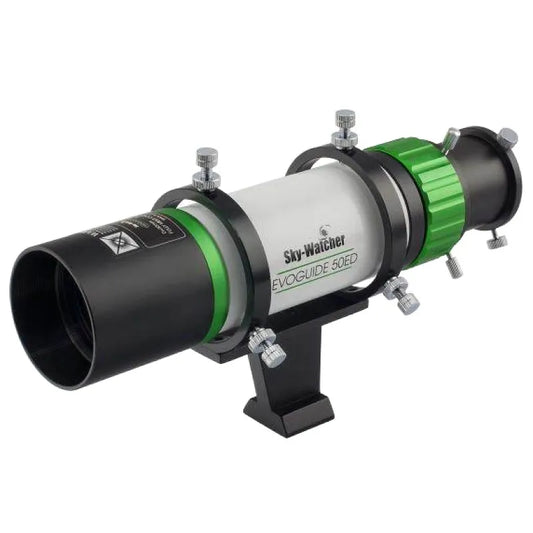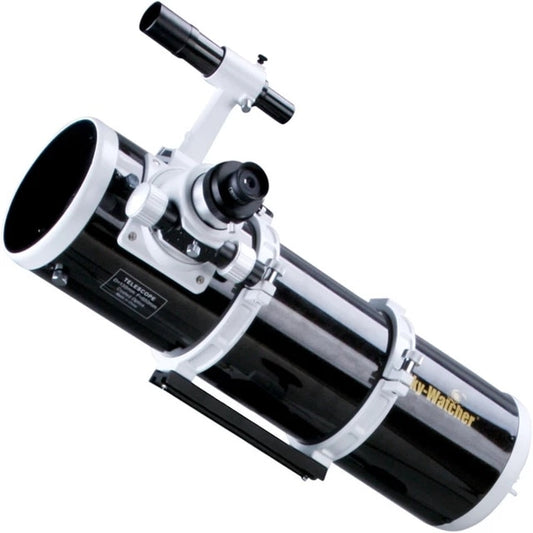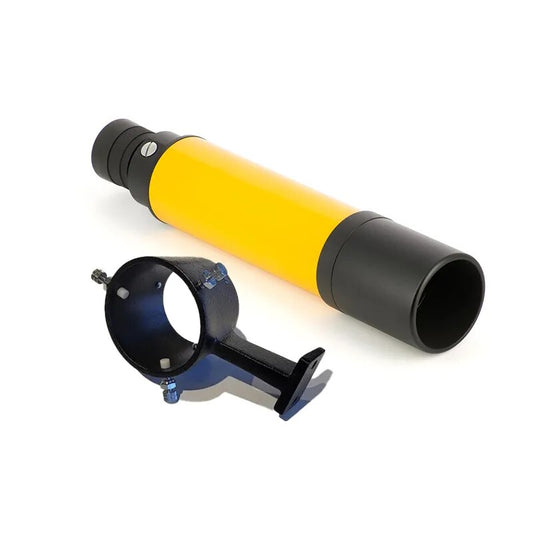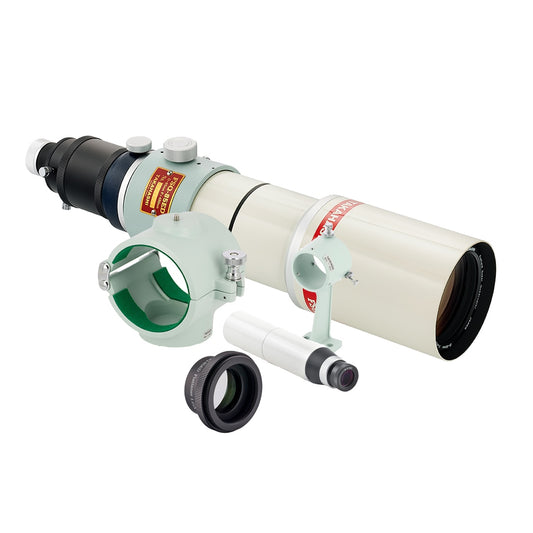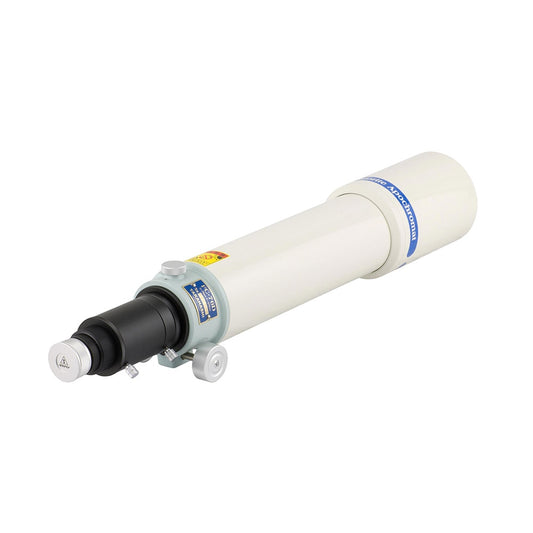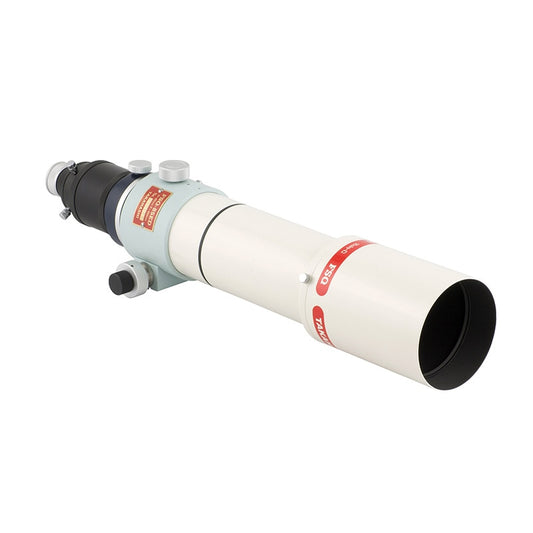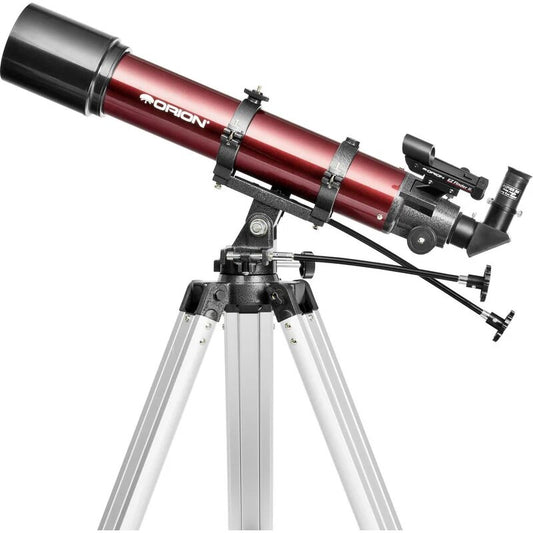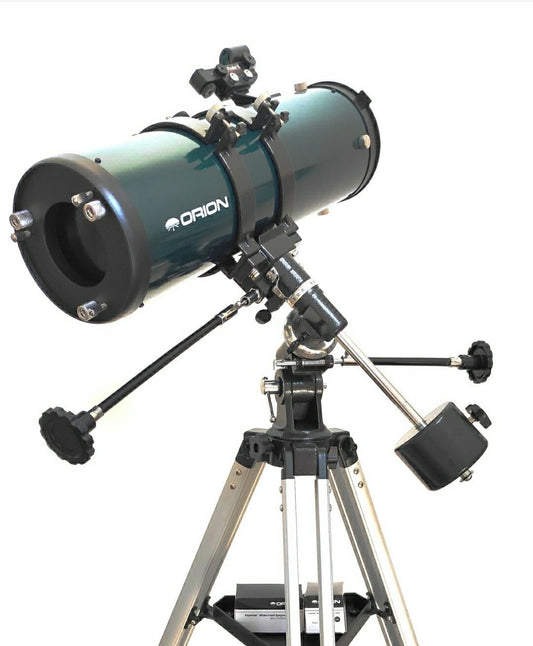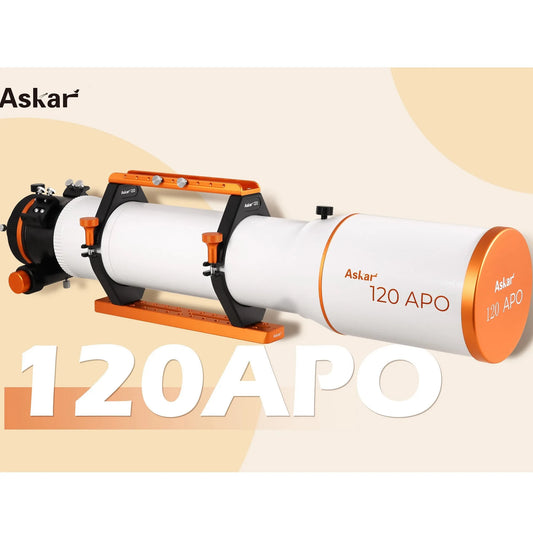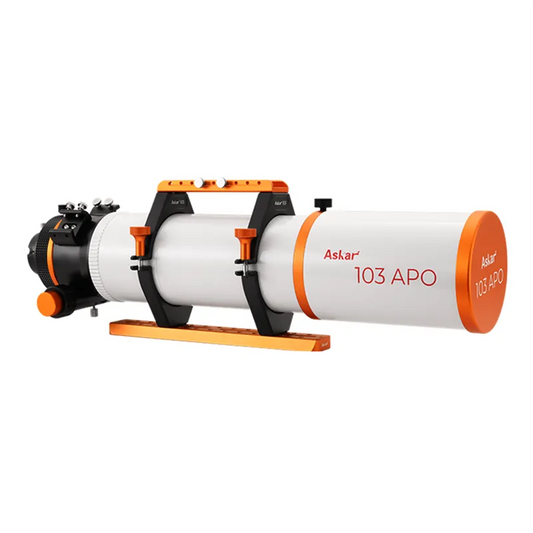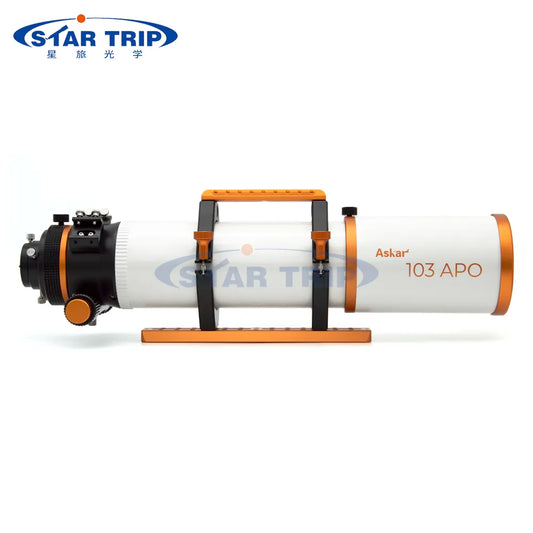Takahashi telescopes are renowned for their exceptional quality and performance, making them a top choice among serious astronomers and astrophotographers. These telescopes are known for their precision optics, durable construction, and innovative features that set them apart from other telescopes on the market.
In this blog post, we will delve deeper into what makes Takahashi telescopes so special, including their features, benefits, and why they are considered an investment in the world of astronomy.

Features:
One of the key features of Takahashi telescopes is their precision optics. These telescopes use high-quality glass and coatings that produce crisp, clear images of celestial objects. The company has also developed innovative technologies such as their Epsilon series of astrographs, which provide excellent flat-field images with minimal distortion.
Takahashi telescopes are also known for their durable construction. The company uses high-quality materials such as carbon fiber and CNC-machined aluminum to create lightweight yet sturdy telescopes that can withstand the rigors of travel and use in the field.
Another key feature of Takahashi telescopes is their innovative designs. The company has developed unique features such as their FSQ series of astrographs that offer a four-element design with a large image circle, as well as their TOA series of refractors that provide apochromatic performance in a compact design.

High-Quality Optics: Takahashi telescopes are known for their superior optics, which are made of the highest quality materials. They use specialized glass and coatings to ensure optimal light transmission and minimal distortion.
Precision Engineering: Takahashi telescopes are meticulously engineered and crafted to ensure perfect alignment and accuracy. They use advanced computerized systems to ensure that the telescopes are perfectly calibrated.
Versatile: Takahashi telescopes come in a variety of sizes and designs, making them suitable for a range of observing needs. From portable travel scopes to large observatory-grade telescopes, there is a Takahashi telescope for every need.
Durability: Takahashi telescopes are built to last. They use high-quality materials and construction techniques to ensure that the telescopes can withstand harsh weather conditions and other wear and tear.

Benefits:
The benefits of Takahashi telescopes are clear. These telescopes offer unparalleled image quality, durability, and innovative design features that make them a top choice among amateur and professional astronomers alike. Whether you are looking to capture stunning astrophotography images or simply enjoy observing the night sky, a Takahashi telescope is sure to deliver exceptional performance.
High-Quality Viewing: With their superior optics, Takahashi telescopes provide clear and sharp images of celestial objects. They are particularly well-suited for astrophotography, allowing for stunning and detailed images of the night sky.
Precision Observing: The precision engineering of Takahashi telescopes means that they are able to track objects with pinpoint accuracy, making them ideal for studying and observing specific objects in the night sky.
Versatility: Takahashi telescopes are available in a range of sizes and designs, making them suitable for a wide range of observing needs. They are also compatible with a range of accessories and equipment, making them even more versatile.
Durability: Takahashi telescopes are built to last, with high-quality materials and construction techniques ensuring that they can withstand harsh conditions and last for many years.

Investment:
While Takahashi telescopes may come with a higher price tag than other telescopes on the market, they are considered an investment in the world of astronomy. These telescopes are built to last and are often passed down from generation to generation of astronomers. Additionally, Takahashi telescopes retain their value over time, making them a wise investment for anyone looking to enter the world of astrophotography or astronomy.

Specifications
Takahashi telescopes are highly regarded among amateur and professional astronomers for their exceptional optical quality and precision engineering. Here are some specifications for Takahashi telescopes:
Aperture size: Takahashi telescopes come in a range of sizes, from small refractors with apertures of 60mm to larger refractors and reflectors with apertures up to 250mm.
Focal length: The focal length of Takahashi telescopes can vary widely depending on the model, ranging from short focal lengths of 400mm for wide-field refractors to long focal lengths of 3000mm for high-powered refractors.
Optical design: Takahashi telescopes use a variety of optical designs, including refractors, reflectors, and catadioptric telescopes. Refractors use lenses to bend and focus light, while reflectors use mirrors. Catadioptric telescopes combine lenses and mirrors for a compact design.
Mount type: Takahashi telescopes can be mounted on a variety of mounts, including alt-azimuth, equatorial, and fork mounts. Some Takahashi telescopes come with motorized mounts for automated tracking.
Accessories: Takahashi telescopes come with a range of accessories, including eyepieces, finderscopes, and focusers. Some models also include a camera adapter for astrophotography.
Overall, Takahashi telescopes are known for their high-quality optics, precision engineering, and attention to detail. They are designed for serious astronomers and astrophotographers who demand the best performance and reliability from their equipment.

Why are Takahashi telescopes so expensive?
Takahashi is known for producing high-quality telescopes with exceptional optics and mechanical performance. They use high-end glass for their lenses and specialized coatings that improve light transmission, reduce glare, and eliminate color fringing. Additionally, they use precision-machined components and high-quality materials to ensure durability and stability.
Takahashi telescopes also incorporate advanced features such as electronic focusing, computerized pointing and tracking, and specialized filters for observing specific wavelengths of light. These features are typically found on more expensive telescopes and can significantly enhance the viewing experience.
Another factor that contributes to the high cost of Takahashi telescopes is their manufacturing process. Takahashi telescopes are handcrafted in Japan, with a focus on quality rather than mass production. This meticulous attention to detail and quality control adds to the cost of the telescopes.

Conclusion:
Takahashi telescopes are truly exceptional instruments that offer unparalleled performance, durability, and innovative design features. While they may come with a higher price tag, the investment in a Takahashi telescope is well worth it for anyone serious about astronomy or astrophotography. Whether you are a seasoned professional or just starting out in the hobby, a Takahashi telescope is sure to provide you with years of exceptional performance and enjoyment.
Telescope Topics:
- Who Invented The Telescope?
- Why are Telescopes Important?
- When was The Telescope Invented?
- Why are Refractor Telescopes Popular?
- Best Deep Sky Objects by Month
- Best Telescope for Viewing Planets and Galaxies
- Best Telescope to See Planets and Galaxies
- Best Telescope Eyepiece for Viewing Planets
- Reflector Vs Refractor Telescope
- William Optics Redcat 51
- Brightest Objects in the Night Sky
- What Does a Focal Reducer Do on a Telescope
- Ax Telescope Mount
- Types of Telescopes
- Telescope Mounts Explained
- What is a Catadioptric Telescope
- Telescope Aperture
- How Does a Telescope Work
- Are There Telescopes for Smartphone Camera
- How Much Does a Telescope Cost
- Best Telescopes Under $1000
- What Makes a Good Telescope
- What Does a Focal Reducer Do
- Stellarium
- Bahtinov Mask
- Qhyccd Polemaster Review
Space Telescopes:
- Hubble Telescope
- Edwin Hubble
- Hubble Deep Field
- James Webb Telescope - The Future of Space Exploration
- James Webb Telescope vs Hubble
- Hubble Palette

